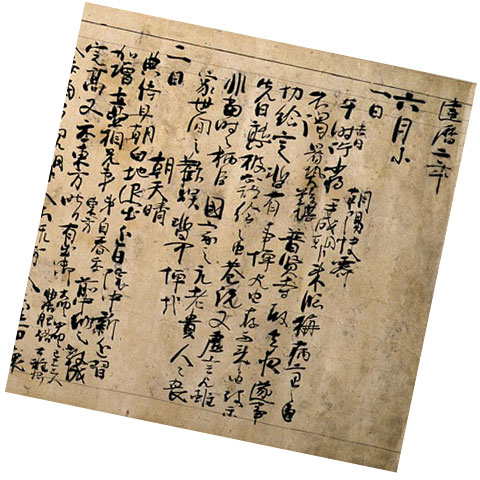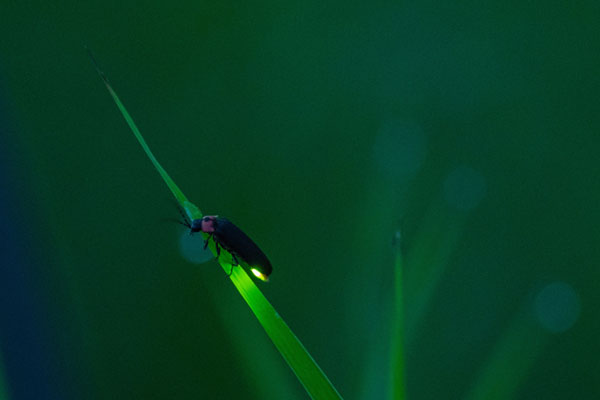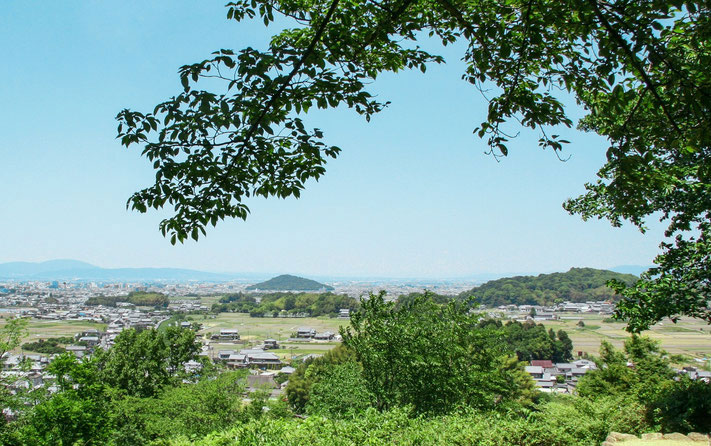
How did poets compose "summer"?
May 27th is "Hyakunin Isshu Day". In Fujiwara no Teika's diary, Meigetsuki, on the page dated May 27, 1235, there is an article that reads as follows. "Utsunomiya Rensyo asked me to write a poem by each of the poets from Emperor Tenchi to Fujiwara no Ietaka and Fujiwara no Masatsune on colored paper". Utsunomiya Rensyo is the father-in-law of Fujiwara no Tameie(Fujiwara no Tameie is the son of Fujiwara no Teika). As you all know, this request to Fujiwara no Teika led to the birth of the Ogura Hyakunin Isshu.

The Meigetsuki is written in Chinese and in the handwriting of Fujiwara no Teika, so ordinary people cannot decipher what is written in it. However, there are parts that even ordinary people can certainly understand. It's the weather that day.
Under the date, there is "Weather ~ " and then a line break to enter the article. An article in the Meigetsuki dated around May 27, 1235 says, "On the 25th, it rained a little in the morning and cleared up later", "On the 26th, it was sunny", "On the 27th, it was also sunny" and "On the 28th, it was clear". This time of the year is the end of May in the lunar calendar, around the end of the rainy season.
What did the poets compose in these seasons? From the Ogura Hyakunin Isshu, let's find out what the ancient poets felt about summer and what kind of poems they wrote.
Sone no Yoshitada, who is famous for his poem "Yura no to wo ~ " ,created a collection of tanka poems called "Mainichisyu", in which he wrote tanka poems for each of the 360 days of the year.The following tanka poem is composed on the date of May 27th in that " Mainichisyu ".
"Kogaruredo kemuri mo Tatazu natsu no hi wa Yoru zo hotaru wa Moemasari keru" (My heart is burning for you, but there is no smoke. Just as fireflies glow in the night on summer days, the fire of my love burns brighter at night.). This tanka likens his love to a firefly.
Poets who likened the intense passion of love to fireflies
At the age of 30, Sagami, who is known for her poem " Uramiwabi ~ " , accompanied her husband, Oe no Kinyori, the governor of Sagami, to his post. However, she and her husband's marriage broke down at their new post. So she dedicates a hundred poems to the "Soyu Gongen". Then there was a reply from the "Soyu Gongen", and she returned the poem.These three sets of one hundred poems are called the "Hashiriyu-Hyakushu”.
The "Hashiriyu-Hyakushu” consists of 15 poems about each of the four seasons, and 40 poems that express various thoughts. Of these, I will introduce three groups corresponding to the end of May.
 First of all, in response to Sagami's poem, "Namida nimo Kienu omoi no Mi wo tsumeba Sawa no Hotaru mo Aware nari keri (Compared to me, who continues to burn with the fire of love that even tears cannot extinguish, the sight of fireflies in the stream as they light up seems sentimental.)" , the Gongen soothes her by saying, "Yononaka wo Terasu bakarini Omoinase Nanika hotaru wo Aware to Aware towa mishi(Think of it as just something that lights up the world at night. Why did you think so deeply of such a small firefly?)".
First of all, in response to Sagami's poem, "Namida nimo Kienu omoi no Mi wo tsumeba Sawa no Hotaru mo Aware nari keri (Compared to me, who continues to burn with the fire of love that even tears cannot extinguish, the sight of fireflies in the stream as they light up seems sentimental.)" , the Gongen soothes her by saying, "Yononaka wo Terasu bakarini Omoinase Nanika hotaru wo Aware to Aware towa mishi(Think of it as just something that lights up the world at night. Why did you think so deeply of such a small firefly?)".
In response to this, she replies, "Hodo naki mi nomi Kogaruru woba Hito sirezu koso Omoiawasuru(The fireflies that burn their small bodies with their own fire will be superposed on me.) ". In a place far away from Kyoto, her lonely, pensive figure emerges.
Sagami's poem reminds me of a famous poem by Izumi Shikibu, who was active in the period before her, "Mono omoheba Sawa no hotaruno Wgami yori åkugare izuru Tamashii kato zo miru .( I miss you, and as I ponder, it seems to me that the fireflies flying in the stream are the souls that have wandered out of my body.) "
Summer poems by the poets of the Ogura Hyakunin Isshu

In the Shouji Shodo Hyakusyu in which Go-Toba-in requested a hundred poems from leading poets before the compilation of the Shin Kokin Wakashu, the flavor of the poems changes. Nine poets, also selected for the Ogura Hyakunin Isshu, appear in this anthology.
Among the themes of poems for late May (summer in the lunar calendar), we can find "Hototogisu"(Lesser cuckoo/Go-Toba-in), "Suzukaze"(Cool breeze /Shokushi-naishinno, Yoshitsune, Jien, Shunzei,), "Natsukusa"(Summer grass/Teika, Ietaka), and "Tokonatsu"(everlasting summer/Jakuren, Nijo-in no Sanuki), with many poets focusing on the cool breeze.
There are four summer poems in the Ogura Hyakunin Isshu.
Empress Jito's "Haru sugite ~", which raises the arrival of summer with a large-scale view, Kiyohara no Fukayabu's "Natsu no yo wa ~", which captures a short night humorously, and Fujiwara no Sanetada's "Hototogisu~ ", which wrote about the dawn, Ietaka's“ Kaze Soyogu ~ ”, which was made from Minazuki Harae(Japanese traditional rituals) on the last day of summer, are the above four poems.
From the poem " Haru sugi te ~" by Empress Jito, we can think of the sight of the dried clothes fluttering in the wind on Mt. Amanokagu. From the poems of Fukayobu and Sanetada, we feel the still cool air of the early summer morning. In Ietaka's poems, the height of summer has passed and the wind already has a hint of autumn. Although the number of songs is small, it seems to overlap with the atmosphere of these times.
Taro Aoki PROFILE
Teacher at Gyosei Junior and Senior High School / Part-time lecturer at Bunkyo University Faculty of Letters / Waka Literature Club Members / Responsible for writing and reviewing the 3rd edition of the Japanese dictionary "Daijirin" (published by Sanseido)
